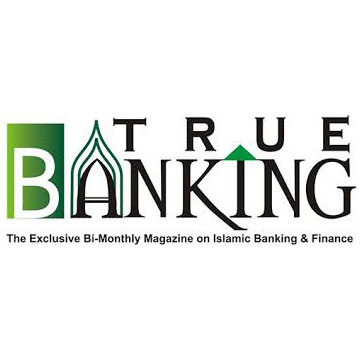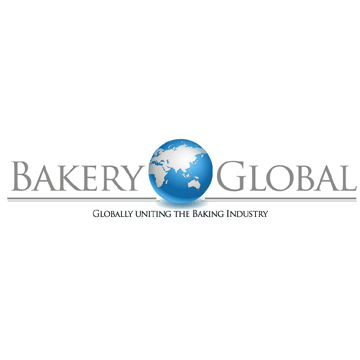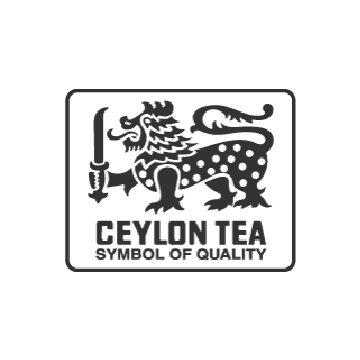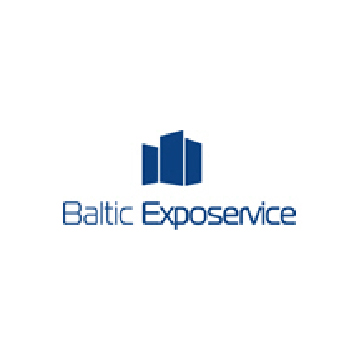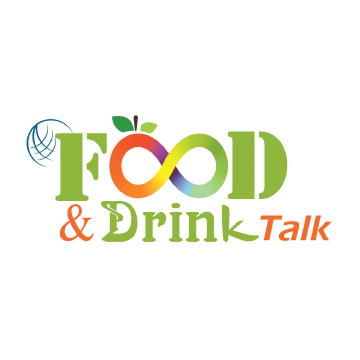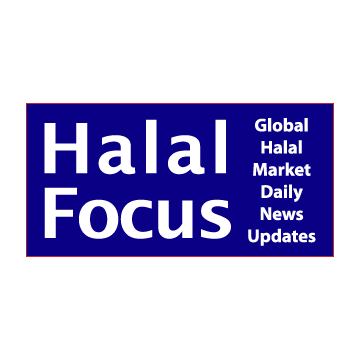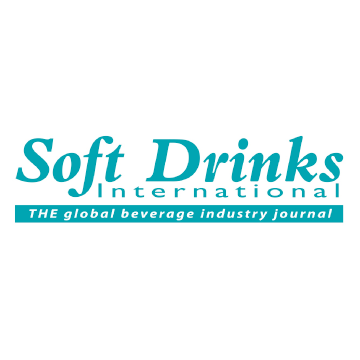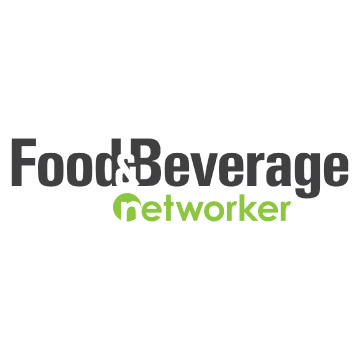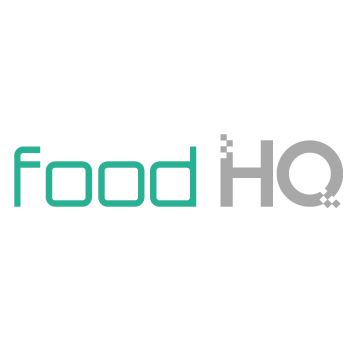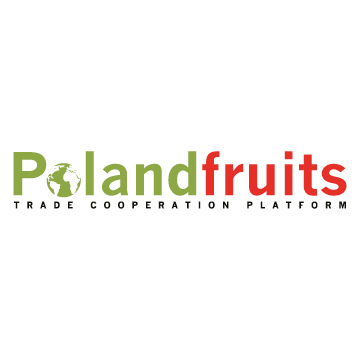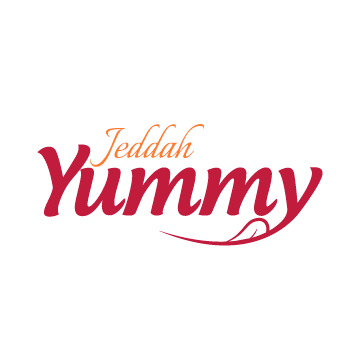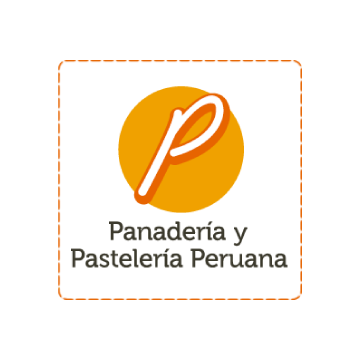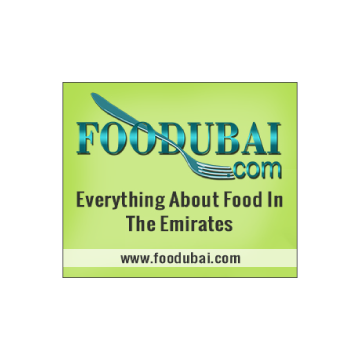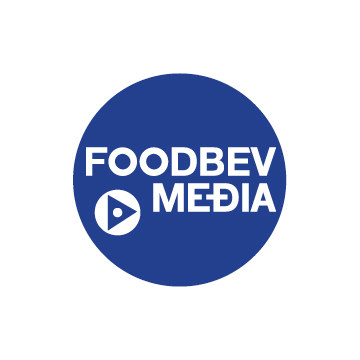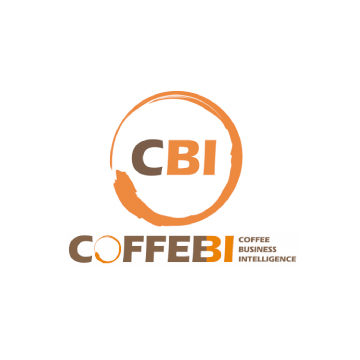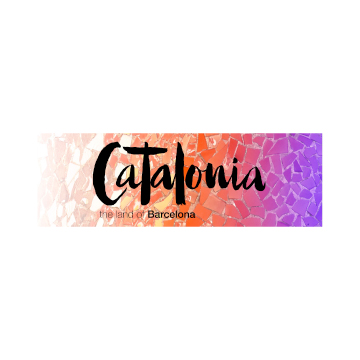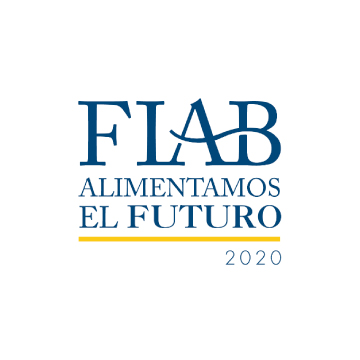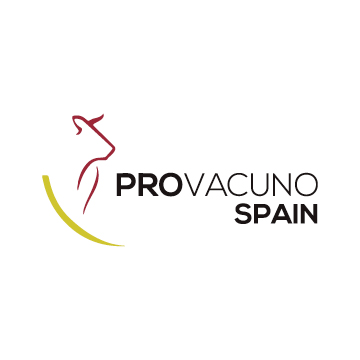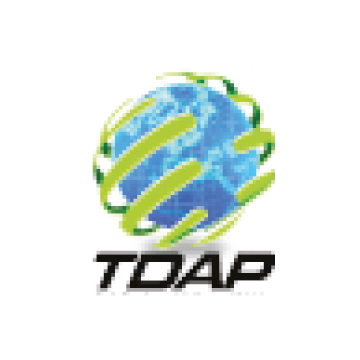The Saudi Arabian dairy industry is now focusing on production increment, with an expected annual growth rate of 5.39% per annum
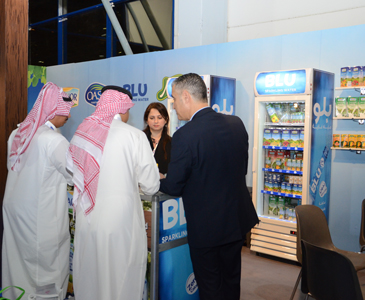
A high per capita income, growing
health-conscious population, and increasing interest of women in milk
consumption are a few factors that are expected to help maintain the industry’s
growth at a CAGR of 11.62% during the forecast period of 2018-2023.
The changing consumer preference toward
healthier foods, includes milk as one of the constituents in day-to-day
consumption. For over four decades, the consumption of dairy has changed, from
only consumption of milk to milk products, such as cheese, processed yogurt,
low calorie butter, cream, and others. Milk is considered to be a highly
nutritional food by consumers.
Health benefit attributes spur the demand
for yogurt. Yogurt (Laban) is also a traditional diet in Saudi Arabian and
Middle Eastern regions. Yogurt demand peaks in April, but stays very stable
throughout the year. The Saudi Arabian dairy industry is now focusing on
production increment, with an expected annual growth rate of 5.39% per annum.
As Saudi has hot temperature and dry
climate, different companies have established cattle friendly environment for
maximum output of milk from cows. Saudi
Arabia is the largest dairy producer in the GCC countries, supported by highest per capita consumption of dairy
products in the country. The country has the largest dairy processing plant in
the world, producing million tons of milk and milk products.
Cream is an irreplaceable part of the
Saudi Arabian diet. Currently, the production of cream has witnessed a rise of
28.9% per annum. Currently, production is increasing by over 17% per year. This
high production rate of cheese in Saudi Arabia allows increased export of
cheese. Saudi Arabia shows a strong potential, and is targeted to be self-sufficient
in dairy, being the highest producer of dairy products in the GCC. Imports are
expected to continue to increase, as the consumption is expected to grow.
Source: Mordor Intelligence
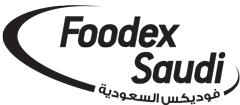
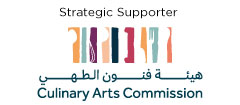
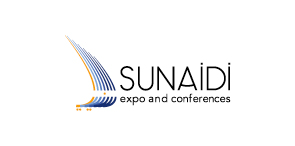
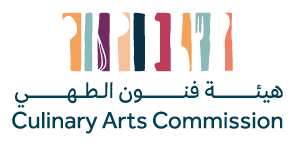



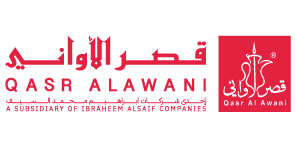
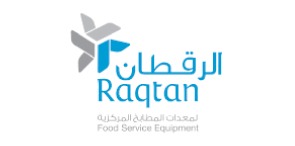

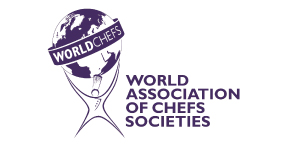
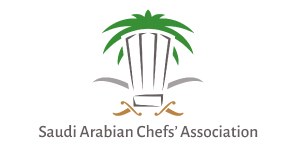




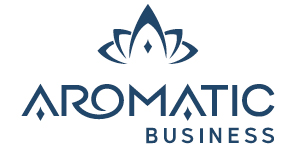

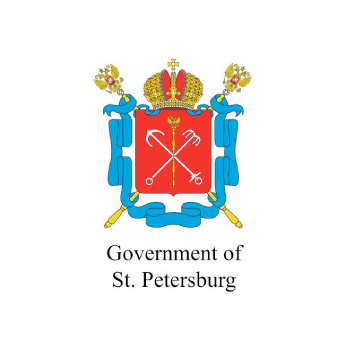
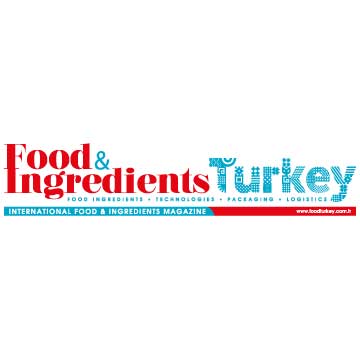
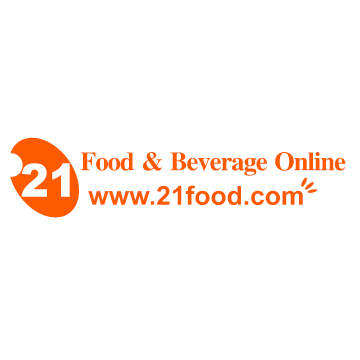
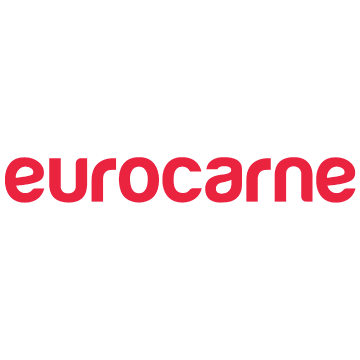
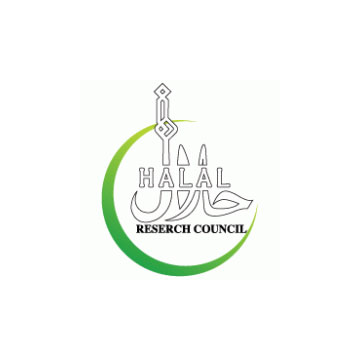
.jpg)
